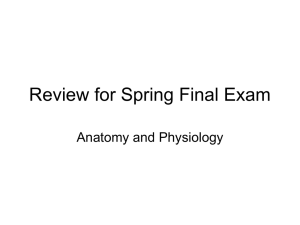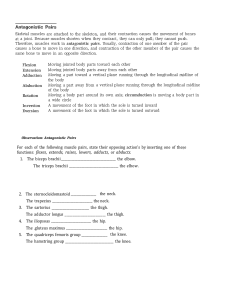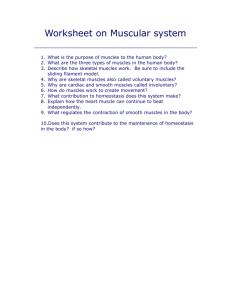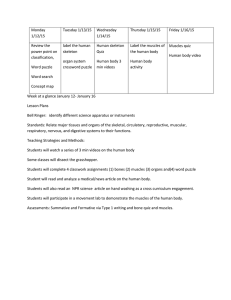Document 14223765
advertisement
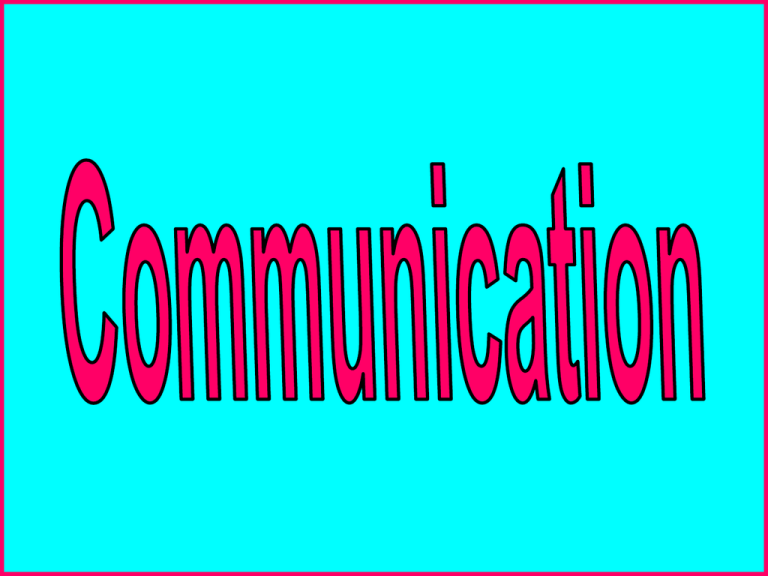
Communication is more than just talking. It involves carefully choosing your words to say what you really mean. It also involved listening closely to others. Three communication skills that will help give and receive information are: • Interpersonal Communication • Refusal Skills • Conflict Resolution Skills Conflict Resolution • Process of ending conflict through cooperation & problem solving: –Stepping away from an argument –Using good interpersonal communication skills –Having an attitude of respect –Ready to make a compromise with the others involved. D Define the problem E Evaluate the options C Consider the consequences I Identify your solution D Decide & act E Evaluate the results Decision Making HELP strategy • H (Healthful) Does this choice present any health risks? • E (Ethical) Does this choice reflect your personal values? Values are ideas, beliefs and attitudes about what is important in your life. • L (Legal) Does this option violate any laws? • P (Parent Approval) Would parents or guardians approve of this choice? Where do you see yourself in the future? What are your hopes & dreams? What would you like to accomplish in your lifetime? The answers to these questions are your GOALS. Short – Term Goals: goals that you can reach within a short period of time Long – Term Goals: goals that you plan to reach over a long period of time. Short Term Goals: Long Term Goals: -complete a home- -complete a 5K work assignment more examples? Setting Attainable Goals • Set a specific, realistic goal & write it down. (make an action plan!) • List the steps in order to reach your goal. • Identify sources of help & support. • Set a reasonable time frame. • Track your progress. • Reward yourself for achieving your goal! Review… • How can decision making improve your overall health? • Give an example of a short term goal & a long term goal related to improving your personal physical fitness? • What is the purpose of the HELP end Flexion: to bend the joint Extension: to straighten the joint Abduction: to move away from the midline of the body Adduction: to move towards the midline of the body Antagonistic Muscles • Antagonistic muscles are Opposing muscles or Opposites! • Examples: – Biceps & Triceps – Gastrocnemius & Anterior TibiaLis – Others???? http://www.youtube.com/watch?v=TozRNVhGVg&NR=1 Muscle Contractions… • The cells that make up muscles contract and then relax back to their original size. • Muscles use the chemical energy from the foods you eat to help make contractions. How we can help to prevent lactic acid build up? Sprain: -Any injury to a LIGAMENT -Ligament can be stretched or torn Strain: -Any injury to a TENDON -In the form of tearing the tendons -Can be fully or partially torn muscular strains and other injuries muscle fibers/ attaching http://www.innerbody.com/image/m usfov.html http://www.innerbody.com/image/musbov.html
